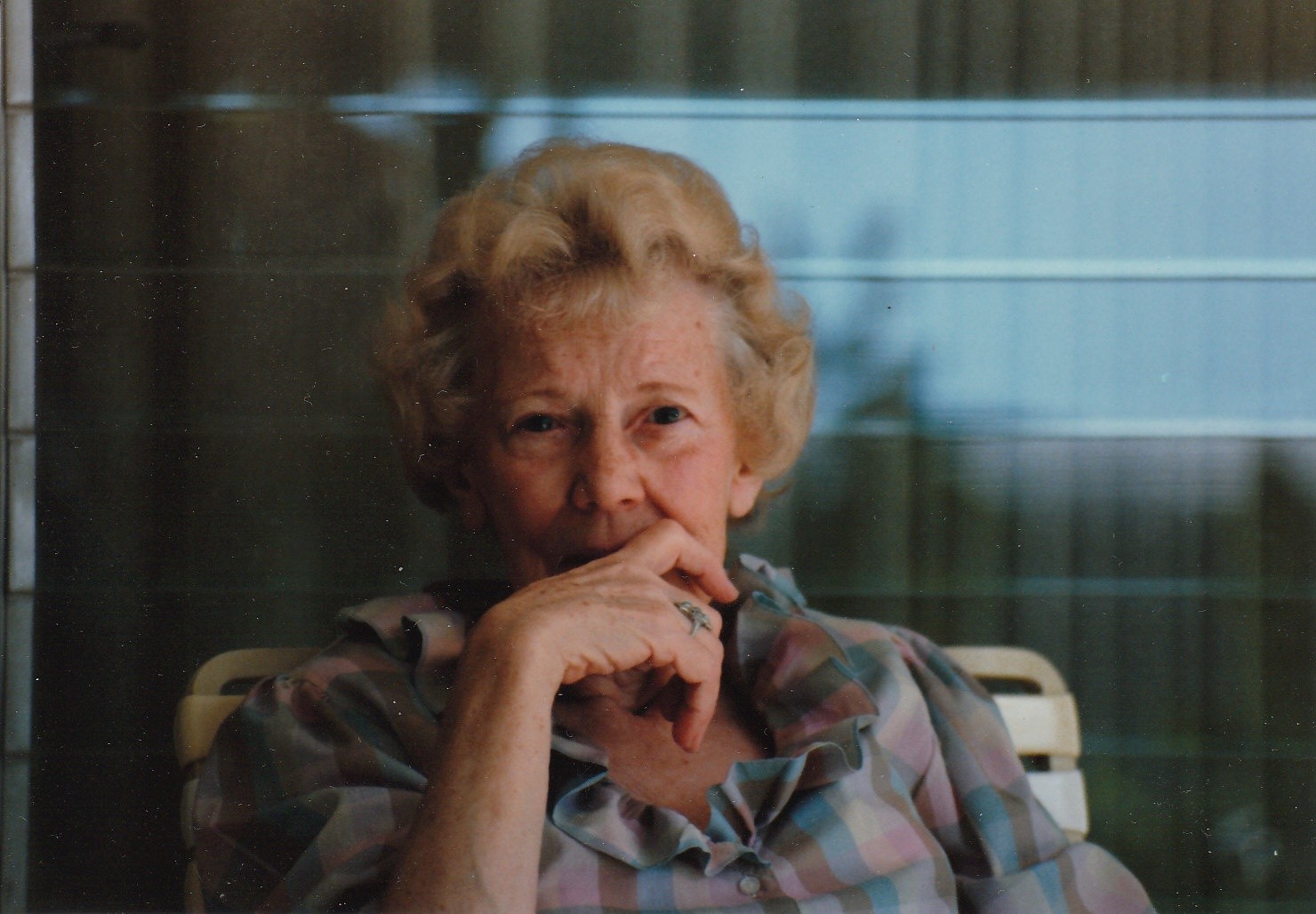Contents
- 1 Boldt Funeral Home: An Analysis of Online Obituaries: Boldt Funeral Home Obituaries
- 1.1 Boldt Funeral Home’s Online Presence
- 1.2 Obituary Information Provided
- 1.3 Use of Multimedia in Obituaries
- 1.4 Community Engagement and Obituaries, Boldt funeral home obituaries
- 1.5 Accessibility and Inclusivity in Obituaries
- 1.6 Presentation of Obituary Information
- 1.7 Memorial and Service Information
Boldt Funeral Home: An Analysis of Online Obituaries: Boldt Funeral Home Obituaries
Boldt funeral home obituaries – This analysis examines Boldt Funeral Home’s online obituary presence, focusing on website design, information provided, multimedia usage, community engagement, accessibility, and the overall presentation of memorial information. The goal is to provide a comprehensive overview of their current practices and suggest potential areas for improvement.
Boldt Funeral Home’s Online Presence
Boldt Funeral Home’s website should ideally offer a user-friendly experience for those seeking obituary information. A clean, intuitive design is crucial for navigating easily and finding the necessary details. The navigation structure should be clear and logical, allowing users to quickly locate obituaries by name, date, or other relevant criteria. A comparison with other funeral home websites will highlight best practices and areas where Boldt could enhance its online platform.
An improved website navigation for obituaries could utilize a more prominent search bar, easily accessible categorized listings (e.g., recent obituaries, by date range), and perhaps even a map-based interface to show locations of services.
Mock-up of Improved Obituary Navigation: A streamlined design might include a prominent search bar at the top, followed by sections for “Recent Obituaries,” “Search by Name,” “Search by Date,” and a map showing service locations. Sub-navigation could allow filtering by year or month.
Obituary Information Provided
Boldt Funeral Home’s obituaries likely include standard biographical details such as the deceased’s name, birth and death dates, and surviving family members. However, the level of detail and the writing style vary considerably across different funeral homes. We will analyze the emotional tone employed and look for recurring themes or patterns in the narrative style.
Impactful obituaries often incorporate personal anecdotes and memorable qualities of the deceased, creating a lasting tribute. Examples of particularly effective entries will be highlighted to illustrate best practices in obituary writing.
Use of Multimedia in Obituaries

The inclusion of photographs, videos, or other multimedia elements can significantly enhance the obituary experience. A picture is worth a thousand words, and visual tributes can help visitors connect more deeply with the deceased. Videos, if included, can add a personal touch, sharing memories and messages from loved ones.
Alternative multimedia presentations could include slideshows of photos, short video montages, or even audio recordings of the deceased’s voice or favorite music. The effectiveness of multimedia depends on its integration and quality. Poorly chosen or low-resolution images can detract from the overall experience.
Potential Multimedia Additions:
- High-resolution photographs
- Short video tributes from family and friends
- Audio recordings of the deceased’s voice or favorite music
- Interactive timelines showcasing key life events
Community Engagement and Obituaries, Boldt funeral home obituaries
Boldt Funeral Home may use obituaries as a platform to engage with the community, fostering a sense of shared grief and remembrance. Online comment sections, guest books, or memorial donation options can encourage interaction and provide a space for shared condolences. The effectiveness of these strategies varies depending on the level of community participation and the features offered.
Comparing Boldt’s strategies with other funeral homes reveals best practices for building a strong online community around obituaries. Improved community interaction could be achieved by adding features like a dedicated forum for sharing memories or organizing virtual memorials.
Accessibility and Inclusivity in Obituaries
Accessibility is crucial to ensure that all members of the community can access and understand obituary information. This includes providing options for users with visual, auditory, or cognitive impairments. Inclusive language and representation are equally important to reflect the diversity of the community.
Best Practices for Inclusive Language:
- Avoid gendered assumptions
- Use person-first language (e.g., “person with a disability”)
- Represent diverse backgrounds and identities accurately
Examples of inclusive language could include using gender-neutral pronouns when the gender of the deceased is unknown or not relevant to the narrative.
Presentation of Obituary Information
The visual layout and readability of obituaries are key factors in the overall user experience. A clear, well-organized presentation ensures that important information is easily accessible. A comparison with other funeral home websites will highlight best practices in design and presentation.
| Site Name | Information Presented | Ease of Navigation | Multimedia Use |
|---|---|---|---|
| Boldt Funeral Home | [Describe information presented on Boldt’s site] | [Rate ease of navigation – e.g., Excellent, Good, Fair, Poor] | [Describe multimedia use – e.g., Photos only, Photos and videos, None] |
| [Competitor 1] | [Describe information presented] | [Rate ease of navigation] | [Describe multimedia use] |
| [Competitor 2] | [Describe information presented] | [Rate ease of navigation] | [Describe multimedia use] |
Memorial and Service Information
Memorial service details are crucial information for those wishing to pay their respects. Clear and concise presentation of this information is essential. The format used should be easy to understand and should include all necessary details such as date, time, location, and any special instructions.
Sample Obituary Entry (with best practices for memorial service details):
[Insert a sample obituary entry here, showcasing clear and concise memorial service information. Include date, time, location, dress code (if applicable), and any special instructions or details.]
